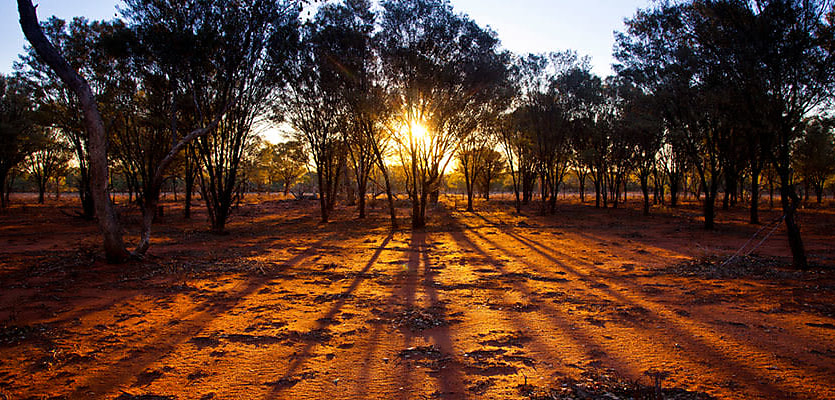Promoted by Taylor and Scott Lawyers.
It is becoming increasingly more common to come across bushfire prone property in Australia these days and that’s primarily due to new housing developments being established in forested areas, as well as climate change. Despite this, many people who are looking for a new home or property don’t even take the bushfire risk into consideration. As we’ve seen multiple times over the last decade or so, natural disasters – including bushfire – can severely impact people in a negative way and there’s really no predicting them, so it’s crazy for property buyers to not be aware of the risks and prepare for threats.
Thankfully, it’s fairly easy to check if the property you’re looking at is bushfire prone. You can access this information at the following sites for each state:
- NSW and ACT – NSW Rural Fire Service website
- QLD – Open Data Portal website
- Vic – VicPlan website
- SA – South Australia Government website
- WA – Fire and Emergency Services website
- TAS – Tasmanian Fire Service website
- NT – Northern Territory individual council websites.
If your property is bushfire prone, it will also state this on your section 10.7 certificate. Unfortunately, there is also another rating that has implications for building and/or renovating on a property, as well as lending ability. The ‘Bushfire Attack Level’ (BAL) of the property has six levels that are based on the region in which you live, the buffer-zone around your home, the slope of your property, the vegetation surrounding your home and more. These BAL levels range from ‘BAL-LOW’to ‘Flame Zone’. In between, you have BAL numbers 12.5, 19, 29 and 40.
BAL-LOW means there is a minimal chance of attack from flame and radiant heat due to the distance from vegetation and burning debris. This threat level is too low to warrant any specific construction requirements, but basic property preparation is advised. There is then a description of increasing risk and construction needs until you get to ‘Flame Zone’, which means the property is at high risk of contact with flame and radiant heat levels (exceeding 40kW/m²), with the risk of damage to the building’s integrity and residents being extremely likely. This level is now outside of the Building Code of Australia’s scope, so if you bought a property with this rating or BAL-40 rating, you would very likely not be permitted to build.
In regards to property lending, you will probably not be able to get a loan for a high BAL number property; however, some lenders are more flexible than others. It’s not a great idea to consider purchasing a residential property with a high BAL level; however, mid-level BAL level properties shouldn’t always be shunned. Research shows that properties that have been bushfire affected usually experience a decline in value afterwards; however, within six months, property values usually end up rising to what they were pre-event (not accounting for any damage to the property). This may be a very interesting detail for property investors and developers alike; although, there may be considerable upfront costs associated with purchasing a property whose structures may have sustained fire damage, so proceed with caution.
In summary, it’s vital to check whether a potential investment property is bushfire prone and it’s quick and easy to do so. A property recently affected by bushfire should not necessarily be treated as a pariah, as prices tend to rebound quickly; however, it’s prudent to do your homework and consult with a qualified and experienced property law specialist, like one of the friendly team at Taylor and Scott Lawyers.






You are not authorised to post comments.
Comments will undergo moderation before they get published.